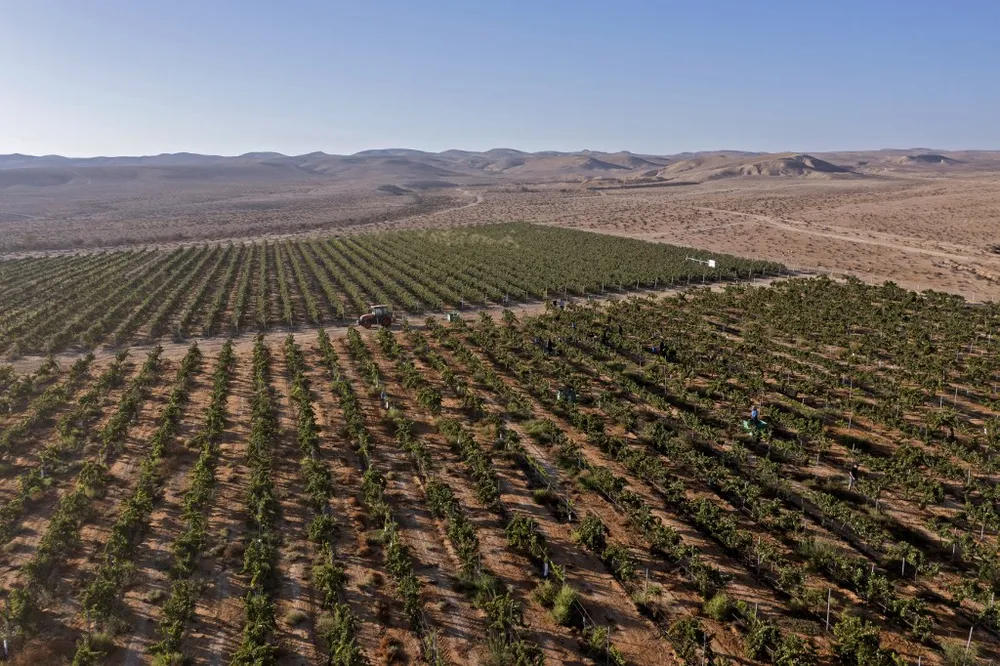
How to Grow Plants in Salt
June 29, 2016
Desert & Water Research, Natural Sciences
Scientific American — Modifying plants to grow in salty soil or water could go a long way in helping cultivate lasting food sources in places with harsh conditions for plant life. The problem is that an ability to shed salt is not the only requirement for growing well in salty areas.
Plants possess thousands of genes that can help the organism cope with many kinds of stress such as heat, drought or salinity. To grow in salty conditions, a plant needs to have multiple genes that change their expression in protective ways when growing conditions become challenging.
“There is no single magic bullet,” says Prof. Simon Barak, a senior lecturer in plant sciences at BGU’s Jacob Blaustein Institutes for Desert Research.
“But we have developed a computational method to sift through those genes and see what are most likely to be involved in stress tolerance.”
Prof. Barak constructed a stress gene database, gathering data from published experiments on the plant Arabidopsis thaliana. Using statistical analyses that allow him to rank the importance of each gene for plant survival, he identified a number of promising candidates.
His group then ran tests on plants with mutated versions of those genes to see how the vegetation coped with harsh conditions. Mutants that showed tolerance to drought, salt or heat were then targeted for further study.
“In classical genetic screens for new mutants, you’ll screen thousands of plants of which maybe one to three percent might look interesting,” Prof. Barak says.
“We got a hit rate of 62 percent. We have enough mutants to last us our whole scientific lifetimes.”




